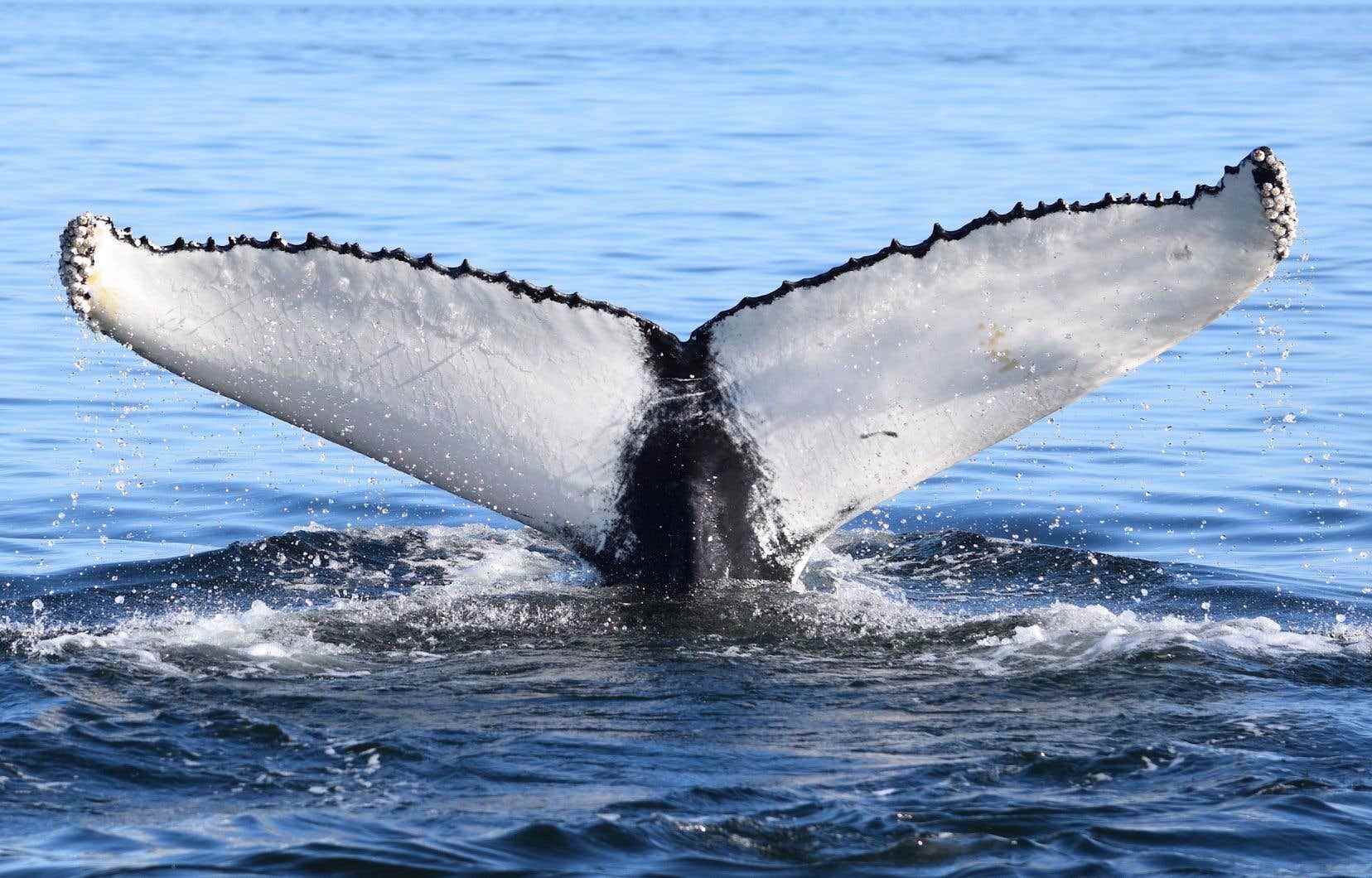In the weeks following the end of the UN conferences on climate and biodiversity, the Trudeau government and that of Newfoundland and Labrador should grant oil companies new exploration permits in the marine environment for more than 12,000 km2. They have promised to invest 238 million dollars in the search for deposits, while the federal government wants Canada to become the “cleanest” oil producer in the world.
Following an auction launched earlier this year with Ottawa’s approval, the Canada-Newfoundland and Labrador Offshore Petroleum Board (C-TNLOHE) received five winning proposals solely on the basis of the “total amount” that the bidding company committed to invest in exploration over the next six years.
ExxonMobil Canada and its partner have thus promised to inject 181 million dollars to obtain a permit representing a “parcel” of 2676 km2. BP Canada Energy Group and Equinor have planned $40 million in work in three sectors totaling 6,891 km2, located not far from “significant” oil discovery areas. Equinor is already piloting the Bay du Nord mining project, and BP Canada is a subsidiary of BP, responsible for the worst oil spill in American history, which occurred in the Gulf of Mexico in 2010.
BP Canada also wants to add $16.5 million to explore a 2,660 km2 territory that overlaps the largest marine biodiversity protection area in eastern Canada. This “marine refuge” was established in 2019 to help achieve the Trudeau government’s marine environment protection target. However, oil drilling is not prohibited there.
If all goes as planned in the permitting process, these should be granted as early as January 2023. Natural Resources Canada did not want to move forward on the issuance of permits. The ministry only told the To have to that the decision would be made by the governments of Canada and Newfoundland and Labrador, who approved the tender.
This is part of the province’s desire to double its oil production in the marine environment after 2030. It would then reach 650,000 barrels per day, or a potential of more than 237 million barrels per year. C-TNLOHE also plans to launch four other calls for tenders by 2029, with the objective of drilling 100 wells.
“Clean” oil
Is the realization of new oil projects compatible with the objectives of the fight against global warming? “As some global demand for oil and gas is expected even when the global economy achieves carbon neutrality, now is the time to make Canada the world’s cleanest oil and gas producer. Providing low-carbon, zero-emission energy products and services will help keep the economy competitive and prosperous and create good, sustainable jobs for Canadians,” said the office of the Minister of Environment and Climate Change, Steven Guilbeault, in response to questions from the To have to.
The Trudeau government also reiterates its intention to impose a cap on greenhouse gas (GHG) emissions for the oil and gas sector, and then “reduce emissions at the rate and on the scale necessary to achieve the objective. net zero emissions by 2050”. This cap only takes into account GHG emissions on Canadian soil.
Earlier this week, in a written response to a question from the Conservative Party of Canada, Natural Resources Minister Jonathan Wilkinson also said Canada’s oil and gas sector is part of the global “transition” to a low-emissions economy. of GHG. This transition, he argued, “can be accomplished without abandoning Canada’s oil and gas sector.” He cited as an example the “carbon neutral” commitment made by tar sands oil producers and detailed during an event held at the Canada pavilion at the current UN climate conference (COP27).
Climate and biodiversity
The David Suzuki Foundation harshly criticizes the desire to seek more fossil fuels. “International Energy Agency analyzes and a wide range of studies converge on the conclusion that the development of new oil and gas fields, as proposed by Newfoundland and Labrador, is totally incompatible with the climate action and commitment to the Paris Agreement,” argues Tom Green, senior climate policy adviser at the David Suzuki Foundation.
“Exploitation of large new deposits, which are sometimes referred to as carbon bombs, will lead to the creation of new infrastructure and decades of emissions,” he adds. The Bay du Nord project, approved by the Trudeau government, for example, provides for the exploitation of more than 500 million barrels of oil by 2058.
Professor of modeling and aquatic ecology at the University of Quebec in Outaouais, Katrine Turgeon also asserts that oil exploration in the marine environment is “nonsense” in a context of global warming and the biodiversity crisis. “Ocean ecosystems are already under pressure, in particular due to the climate crisis. We must not add impacts to already fragile environments. And there are risks from exploration, including risks of spills and those related to seismic surveys. »
She criticizes in the same breath the open door left to oil drilling directly in the “marine refuge” named “Closure of the northeast slope of Newfoundland”. “This site is a jewel of Atlantic biodiversity. The diversity is fantastic, with water corals, sponges, fish species, whales, etc. »
As Canada prepares to host the UN Biodiversity Conference (COP15), Ms.me Turgeon is asking for better protection of marine environments against fossil fuel industry projects. “We are surrounded by oceans. It is absolutely necessary to lead by example. »
